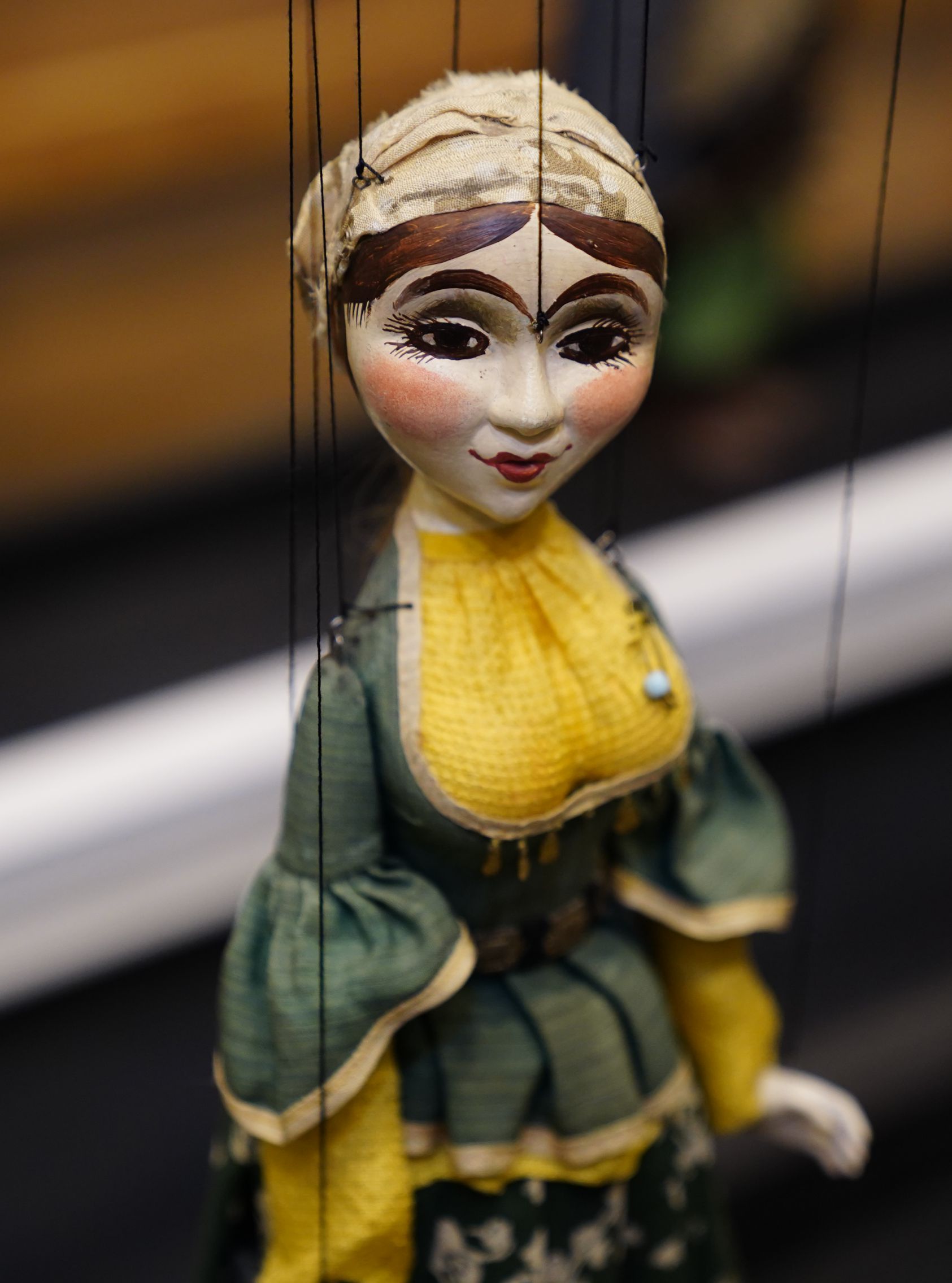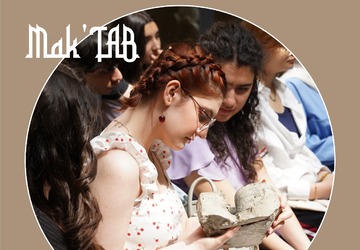The Mosque is attributed to the types of Icherisheher community (mahalla) mosques. It was ordered by Nasraddidn Qushatsi bin Hasan Hajibaba, and was built at the beginning of the XIV century by master architect Mahmud ibn Sad, the author of known Absheron buildings as well as a castle in the Nardaran village (1301) and a mosque with a minaret in the Bibi-heybat village (late XX). It is known as Molla Ahmad Mosque for the name of its akhund (theologian) Molla Ahmad. The Mosque is square in plan and consists of a small hall. A simple mehrab on the southern wall, a low stone crowned cupola on the sides are in a good match. A rather modest asymmetric façade is complemented with a thoroughly shaped entrance and two small windows which were added later. On the upper part of the façade, an inscription presented in the form of an extended strip gives comprehensive information in two lines in Arabic writing on the construction of the building including its customer and an architect who was actively involved in the construction of military, religious memorial monuments. In his works the development of stylistic devices representing the Shirvanshahs' period which is a part of the architectural heritage is traceable.

1520337750.jpg)
1520338264.jpg)






1747310399.jpeg)

1747293072.jpeg)
1747300092.jpeg)
1746526398.jpeg)